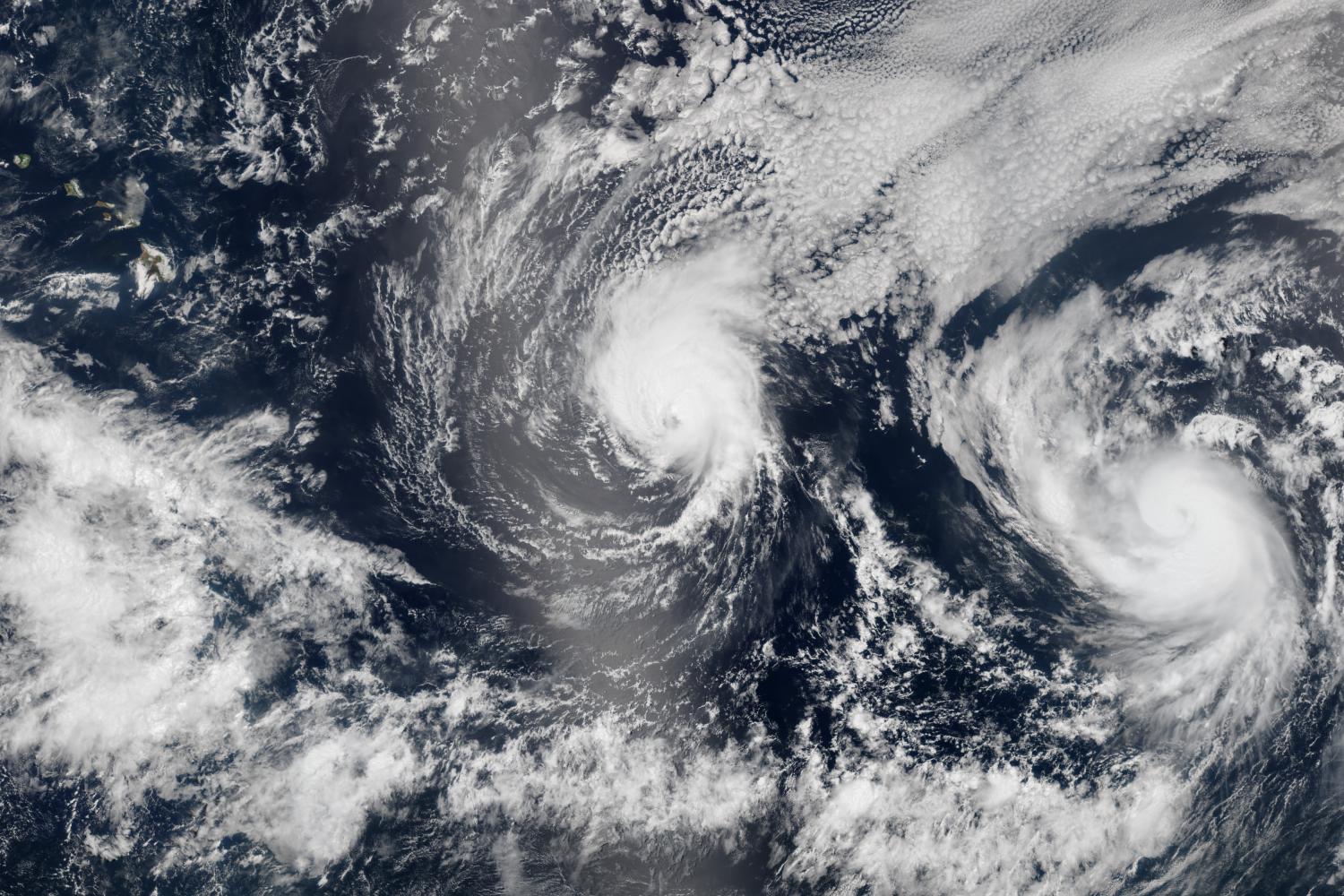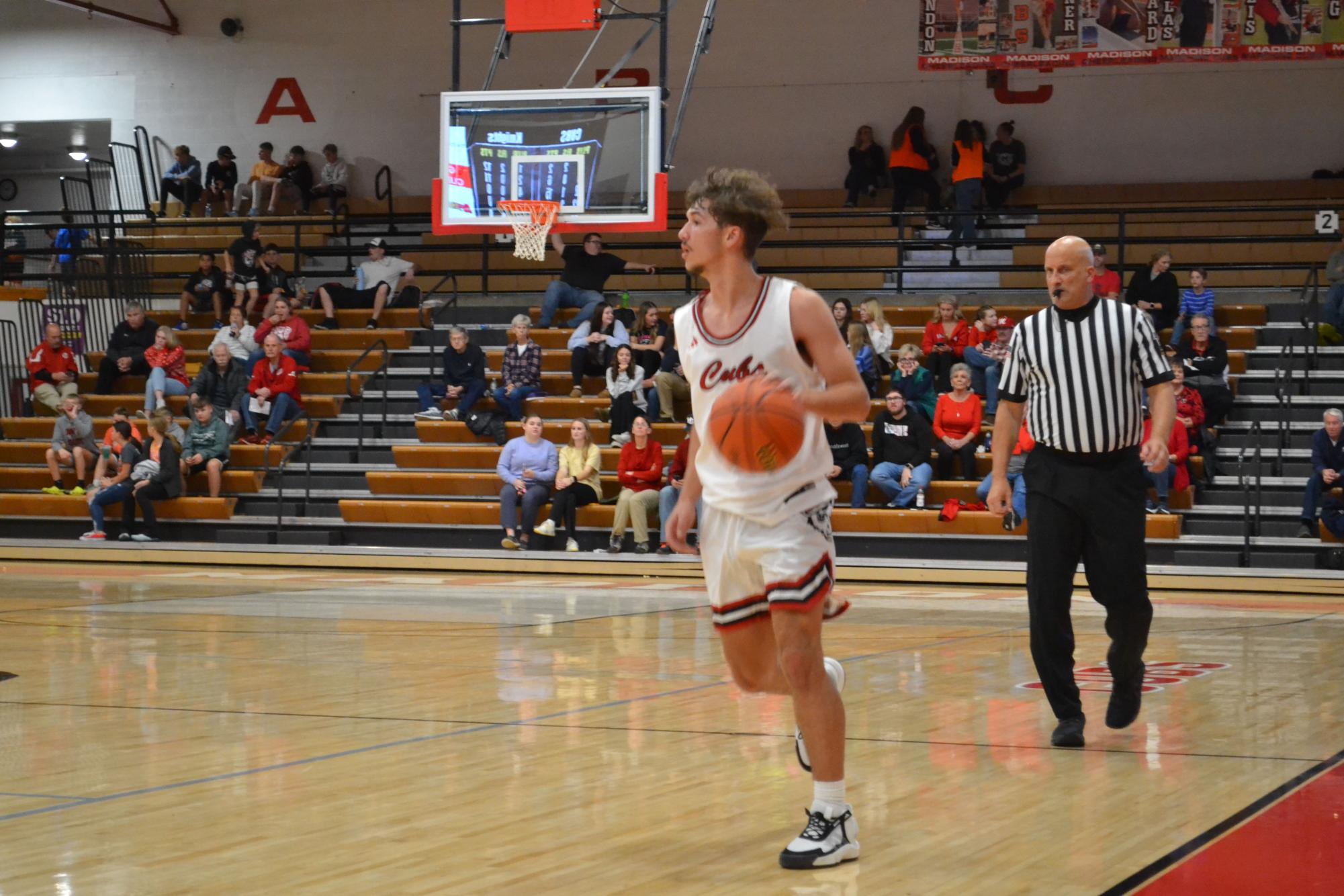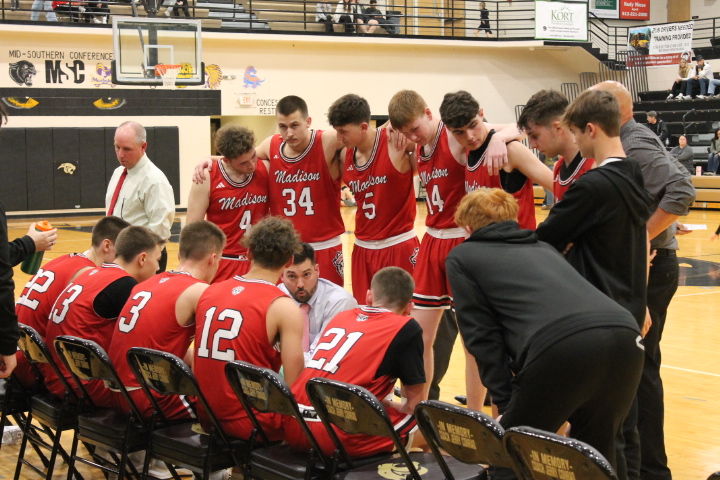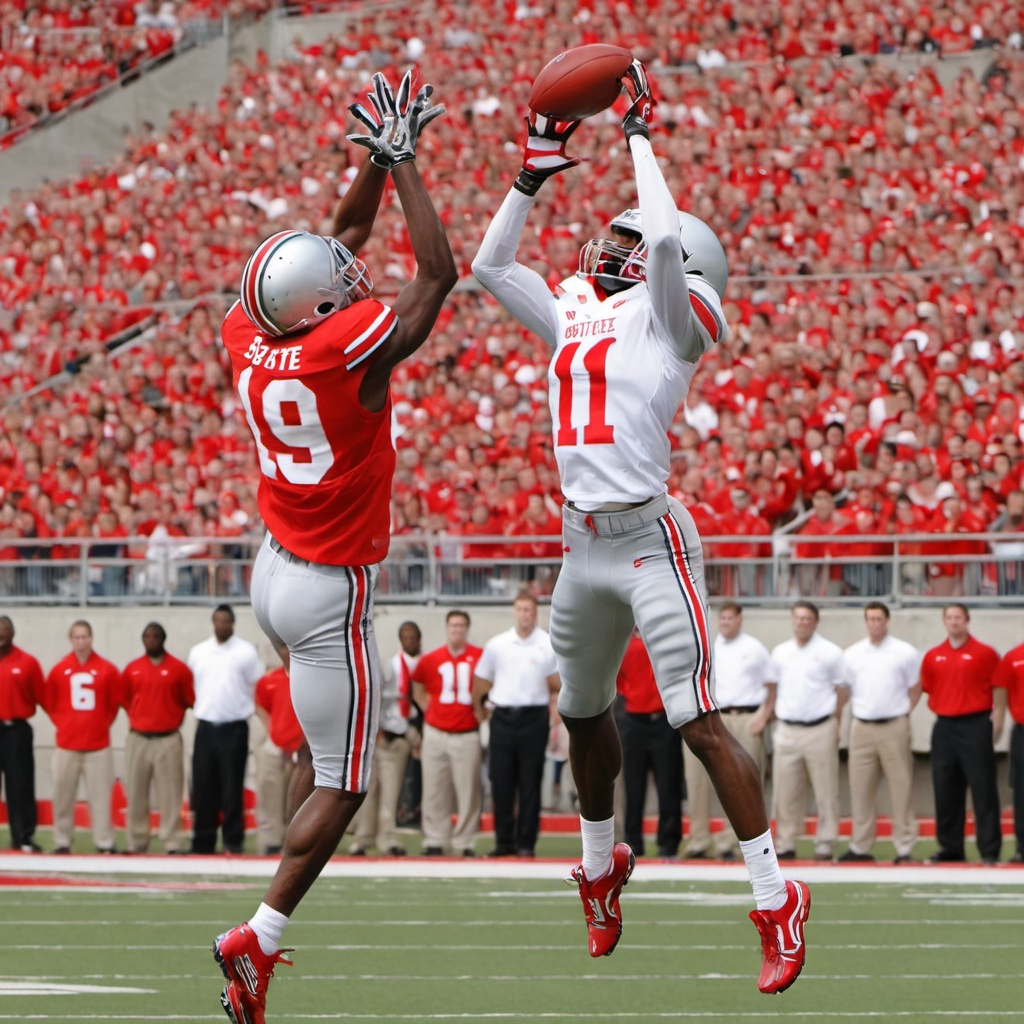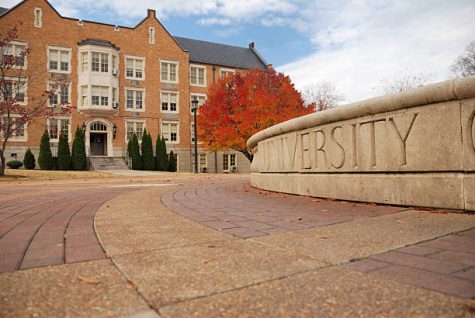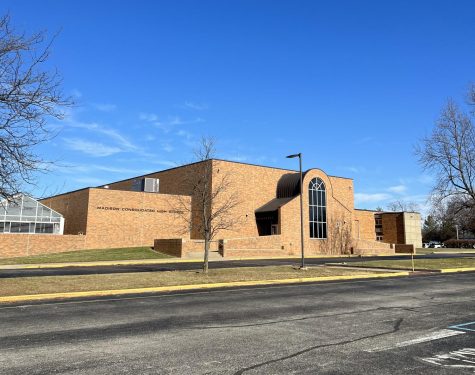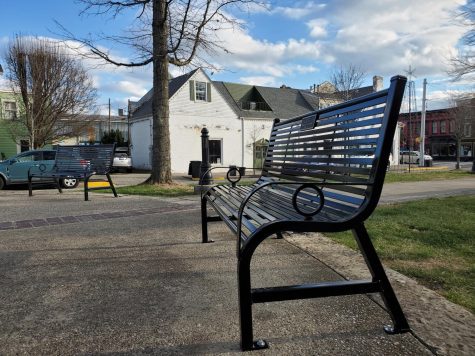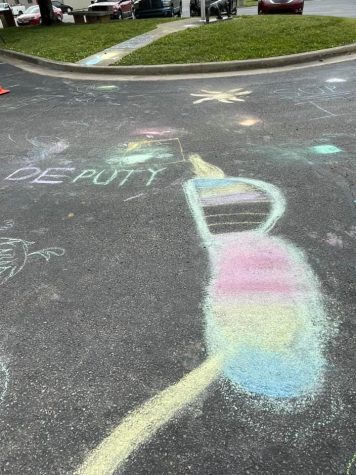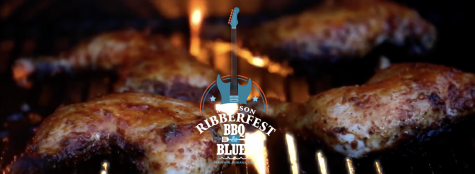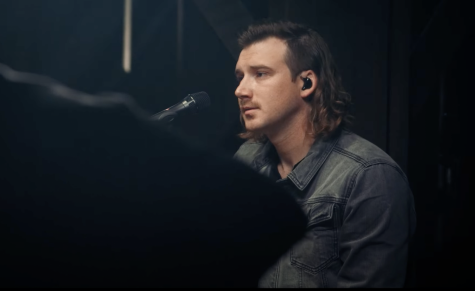Florida Residents Comment on Riding out Hurricane Irma
September 14, 2017
Not even a week ago a category 3 hurricane struck the US causing devastating effects like flooding, property damage, and a confirmed 60 deaths. Still reeling from the storm, the U.S. now has suffered the effects of a category 5 storm named Hurricane Irma, although the storm slightly weakened once it made landfall in the states.
Many are calling Irma the strongest ever Atlantic storm. The storm battered the Caribbean Islands, Puerto Rico, the Virgin Islands and Florida. The National Hurricane Center also accurately speculated “direct impacts” for portions of Georgia, South Carolina, and North Carolina. For a time, the sustained winds of the storm was recorded at 180-185 mph winds for over 24 hours, which is a record length of time in the Atlantic, according to the National Hurricane Center.
Marion County, Florida resident Jerome O’Neill stayed home for the storm. “I made sure to have lots of water and canned goods. We have a gas generator that’s being mostly used for the refrigerator,” O’Neill stated.
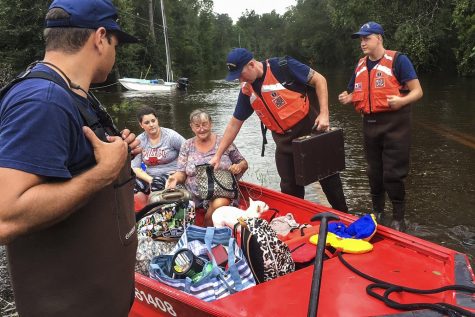
There are five categories ranging 1-5 that hurricanes are measured in called the Saffir-Simpson Scale, and category 5 is the highest and most powerful storm. A Reuters analysis of satellite imagery and property damage estimates that in the two counties of Harris and Galveston there is an estimated $23 billion of damage in Houston already. According to geology.com the costliest hurricane to strike the US was Hurricane Katrina which was a category 3.
A category 5 storm can cause complete roof failure on many residences and industrial buildings, and some complete building failures with small utility buildings blown over or away. Collapse of many wide-span roofs and walls, especially those with no interior supports, is common. Combined with major flooding and water rises, the path of Hurricane Irma looks catastrophic.
O’Neill also stated, “(The) last I heard, over 100,000 people don’t have power.” O’Neill also said he did not have any radio or tv to see how bad it is.
Tampa, Florida resident Michael (he declined the use of his last name) said, “I had a bag of water, food, and medical supplies such as duct tape, cloth, gauze, and scissors. My biggest concern when it first started was getting my family to safety.”
Two more category 3 hurricanes have also formed in the Atlantic one called Jose which formed to the east of Irma, and its path is not recognized currently as a direct threat to any US mainland but could hit some of the Northern Lesser Antilles Islands at sustained wind speeds of 110 mph, the same islands Irma has struck already. The other is named Katia and formed in the Gulf of Mexico with peak wind speeds of 80 mph and could strike in the Mexican State of Veracruz.
